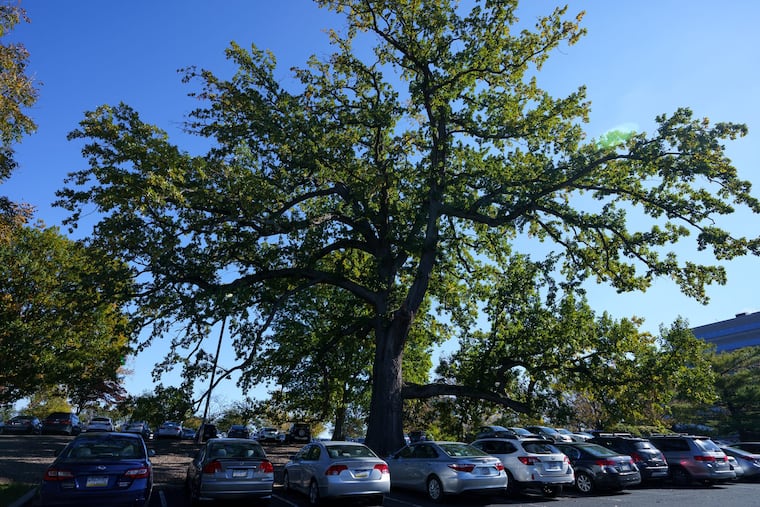In Bala Cynwyd, a centuries-old tree could be cut down - for an office building
A tree at 401 City Ave. in Bala Cynwyd, Pa. has been around for a couple centuries, thwarting generations of man-made change. But it could soon be cut down to make way for a multi-story office building.
